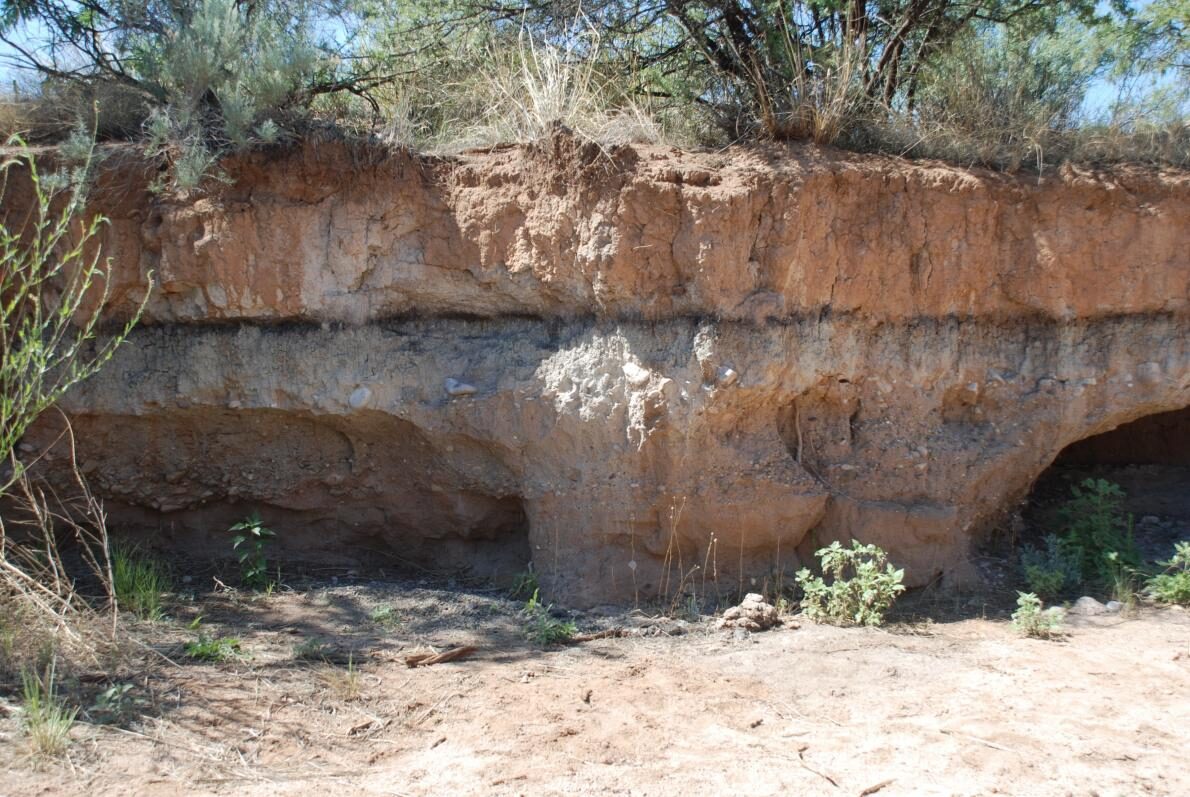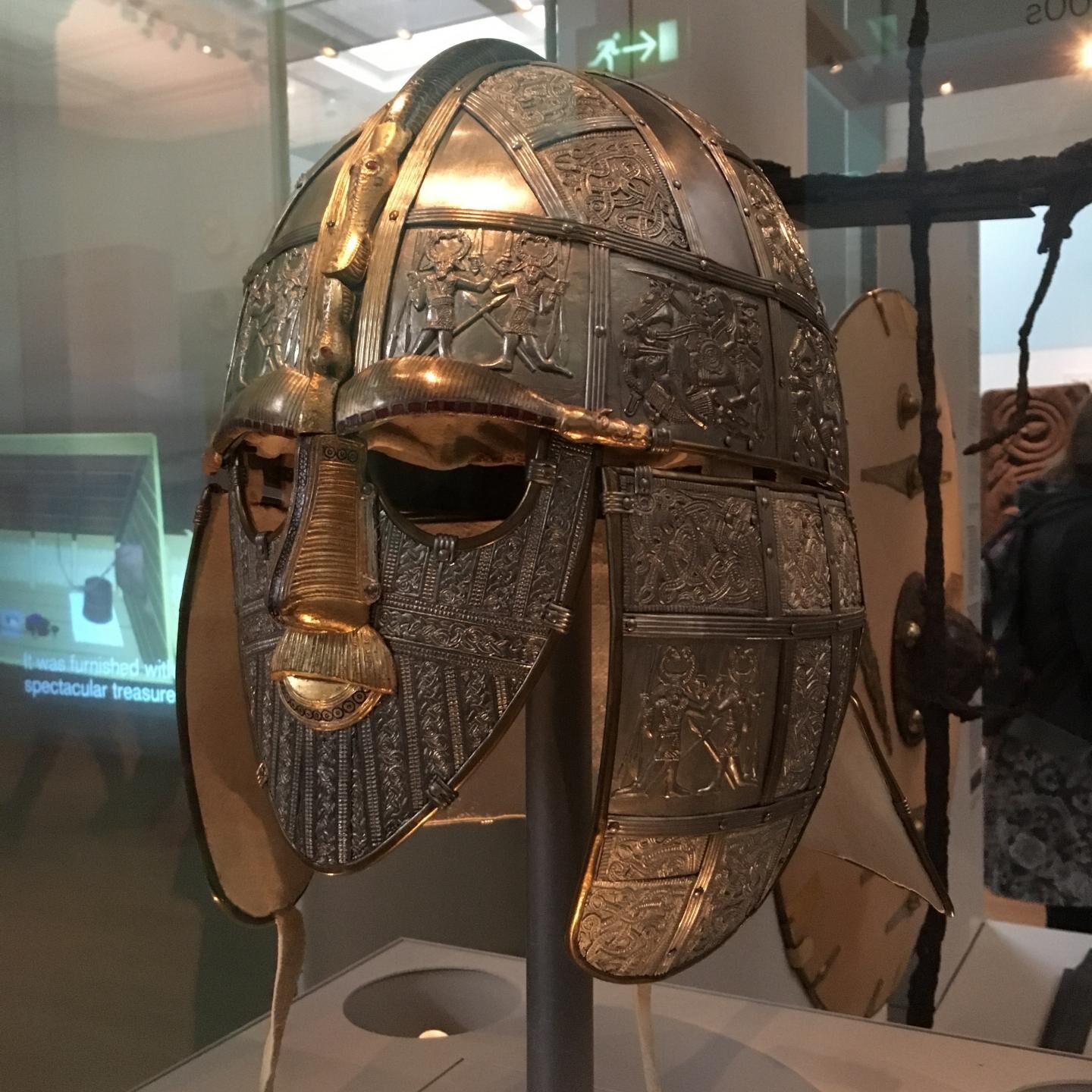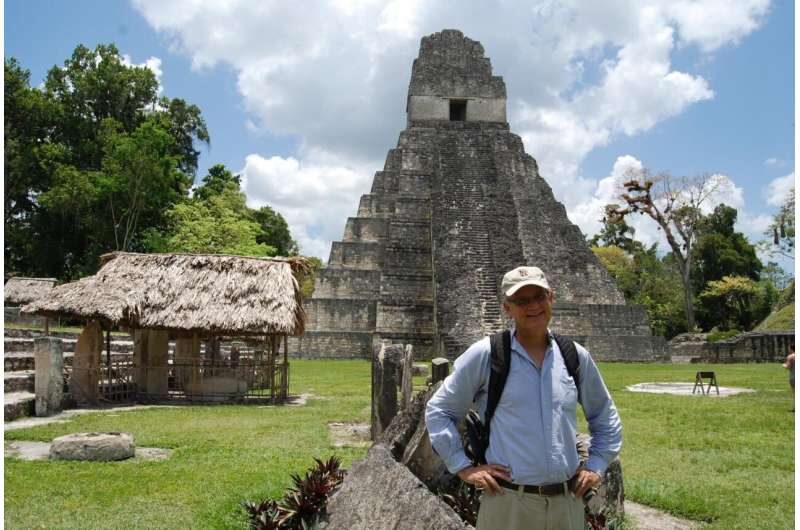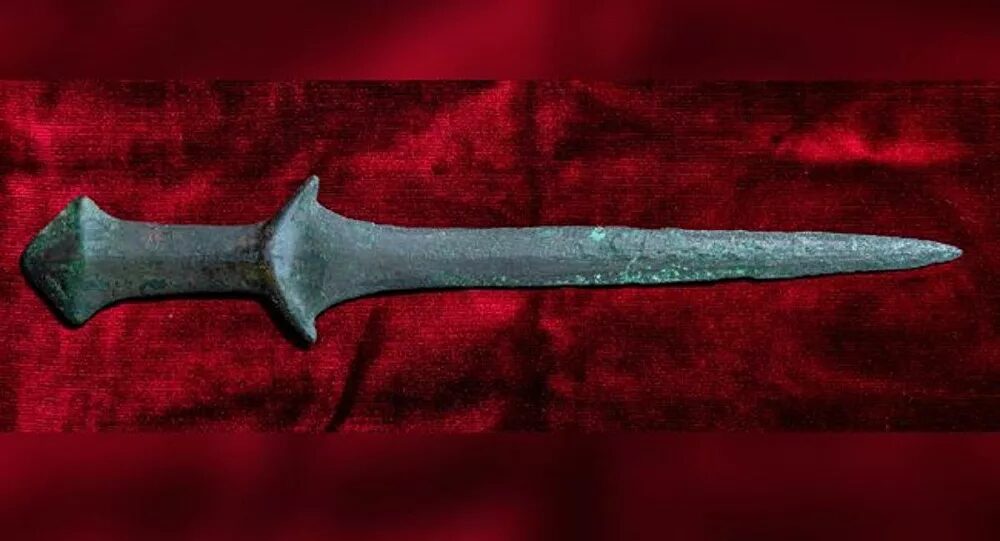
26th anniversary celebration of the ruling Movimiento al Socialismo Party
La Paz, Bolivia • March 29, 2021
The aim of the mercenary recruitment was to forcibly block Luis Arce from taking up the presidency for Movimiento al Socialismo, or MAS, the party of former Bolivian President Evo Morales. The plot continued even though Arce, a protégé of Morales, trounced a crowded field, winning 55 percent of first-round votes and eliminating the need for a runoff election.
In one of the leaked recordings, a person identified as the Bolivian minister of defense said he was "working to avoid the annihilation of my country." The armed forces and the people needed to "rise up and block an Arce administration. ... The next 72 hours are crucial."
Disagreements between ministers and divisions within the armed forces, strained under the weight of Arce's convincing victory on October 18, 2020, appear to have undermined the plan. It was never executed, and several top officials of the outgoing government have either fled Bolivia or been arrested on separate charges linked to corruption and their alleged role in the 2019 coup.












Comment: See also: